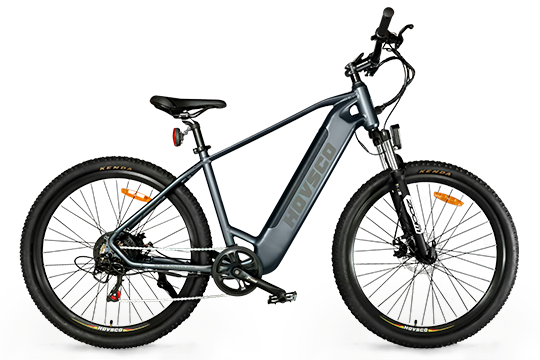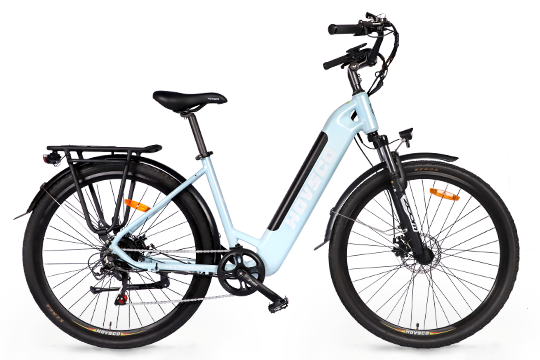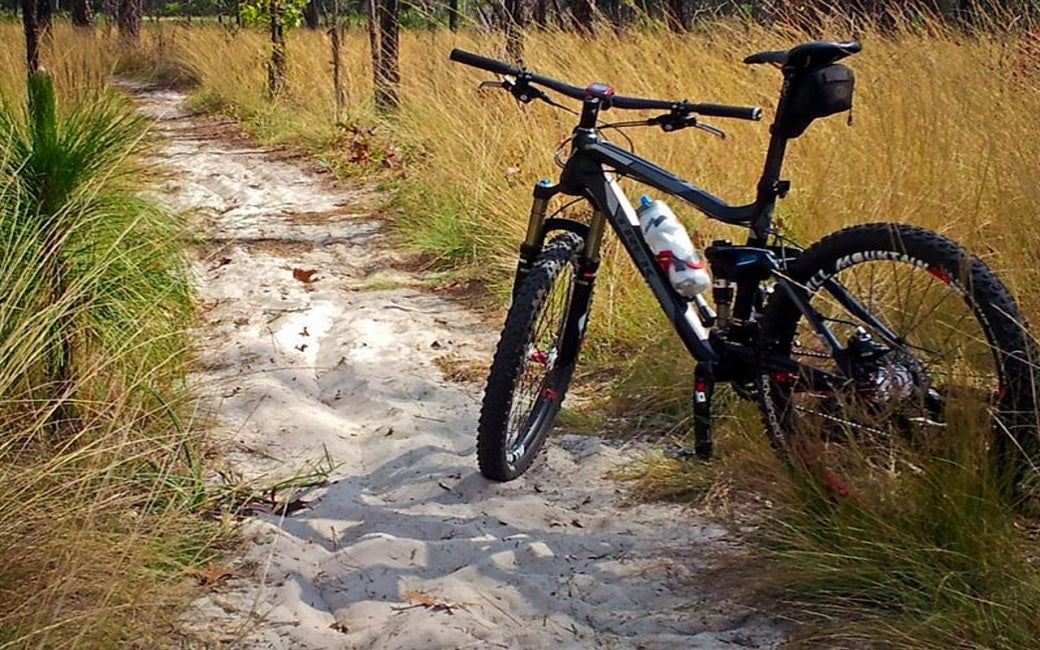Hovsco: Which Class of Electric Bikes Do I Need?

Having gained an understanding of what makes electric bikes unique and why people around the world choose them as their vehicle of choice. It's time to focus on the bikes themselves - how they work, how they are constructed, how they are designed, and what they are capable of.
Electric Bike Classifications
There exist three broad ranges of electric bikes. Creating these ranges allowed legislators to sort the burgeoning influx of electric bikes by characteristics like speed and power, providing a way to organize them. The three general classes of electric bikes are:
Class 1: Pedal Assist - Commonly known as "Pedelecs," are equipped with electric motors that work only when pedaled. These pedals are fitted with electric motors that sense any action imposed. In the EU, pedelecs are limited to 25km/h (15.5mph) and cannot use motors exceeding 250watts.
Class 2: Power-on-Demand - The critical difference between power-on-demand electric bikes and pedal-assist electric bikes is that these bikes allow cyclists to activate and control the motor, regardless of whether they're pedaling. Most power-on-demand bikes give riders complete control of the motor by using a throttle, button, or trigger located on the handlebars; some models may also include a pedal activator. As with pedelecs, power on demand bikes are limited to 250 watts and 25km/h (15.5mph).
Class 3: Speed Pedelecs - Seldom called "S-pedelecs" are similar to normal pedelecs in terms of their essential operation. The distinct advantage is the possible combination of human-achieved power with the electrically-inclined edge.
It's important to consider your cycling experience when choosing which type of electric bike is right for you. Are you looking for a low-impact way to get back into shape? Would you like the benefit of a physically challenging bike ride or do you prefer a cheaper, easier-to-use, engine-powered mode of transportation? Will you be spending a lot of time cycling uphill and down?
Your answers to these questions, as well as your perception of the basic types of electric bikes currently being developed, will help direct you toward the perfect electric bike when you start shopping.
Electric Bike Classifications
There exist three broad ranges of electric bikes. Creating these ranges allowed legislators to sort the burgeoning influx of electric bikes by characteristics like speed and power, providing a way to organize them. The three general classes of electric bikes are:
Class 1: Pedal Assist - Commonly known as "Pedelecs," are equipped with electric motors that work only when pedaled. These pedals are fitted with electric motors that sense any action imposed. In the EU, pedelecs are limited to 25km/h (15.5mph) and cannot use motors exceeding 250watts.
Class 2: Power-on-Demand - The critical difference between power-on-demand electric bikes and pedal-assist electric bikes is that these bikes allow cyclists to activate and control the motor, regardless of whether they're pedaling. Most power-on-demand bikes give riders complete control of the motor by using a throttle, button, or trigger located on the handlebars; some models may also include a pedal activator. As with pedelecs, power on demand bikes are limited to 250 watts and 25km/h (15.5mph).
Class 3: Speed Pedelecs - Seldom called "S-pedelecs" are similar to normal pedelecs in terms of their essential operation. The distinct advantage is the possible combination of human-achieved power with the electrically-inclined edge.
It's important to consider your cycling experience when choosing which type of electric bike is right for you. Are you looking for a low-impact way to get back into shape? Would you like the benefit of a physically challenging bike ride or do you prefer a cheaper, easier-to-use, engine-powered mode of transportation? Will you be spending a lot of time cycling uphill and down?
Your answers to these questions, as well as your perception of the basic types of electric bikes currently being developed, will help direct you toward the perfect electric bike when you start shopping.






Leave a comment